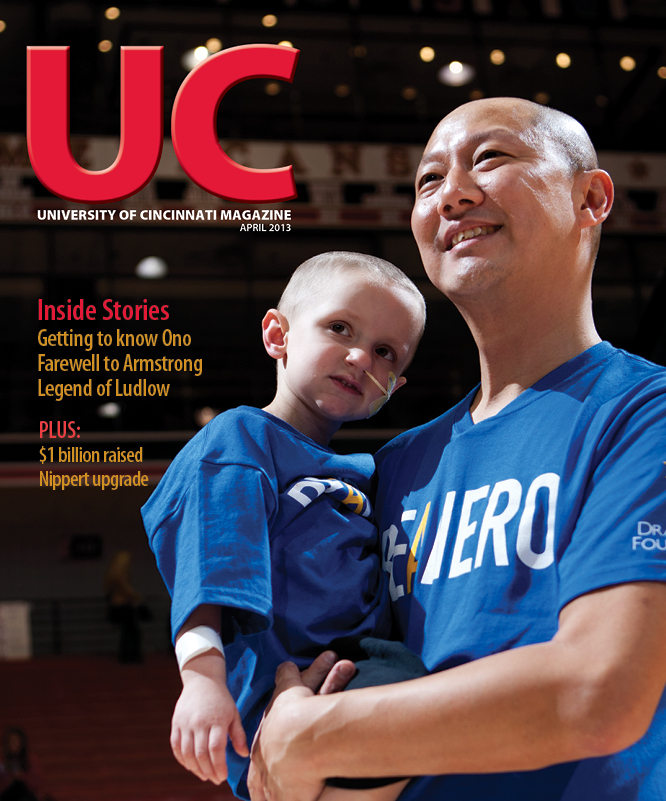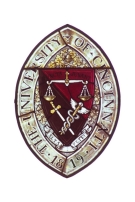by Kevin Grace
Each time the doorbell chimes at the University of Cincinnati’s Archive and Rare Books Library, a new search begins. Whether a student, administrator or scholar from halfway around the world, they all hope we hold the pot of gold at the end of their search. And sometimes we do.
What’s the gold? Well, that would be the facts, history, photographs and documents that chronicle UC’s past and present. And it is all in the University Archives.
While all are welcome to schedule a visit, perhaps I can save a few trips to the eighth floor of the Carl Blegen Library by sharing answers to some of the more common inquiries that grace our stacks.
1819 or 1870?
One of the most frequent questions thrown at us is if we have materials all the way back to UC’s origin in 1819. We do, but that question is often followed by an observation that certain buildings on campus actually feature a crest showing the university’s founding as 1870. So which is it?

 Past Issues
Past Issues
